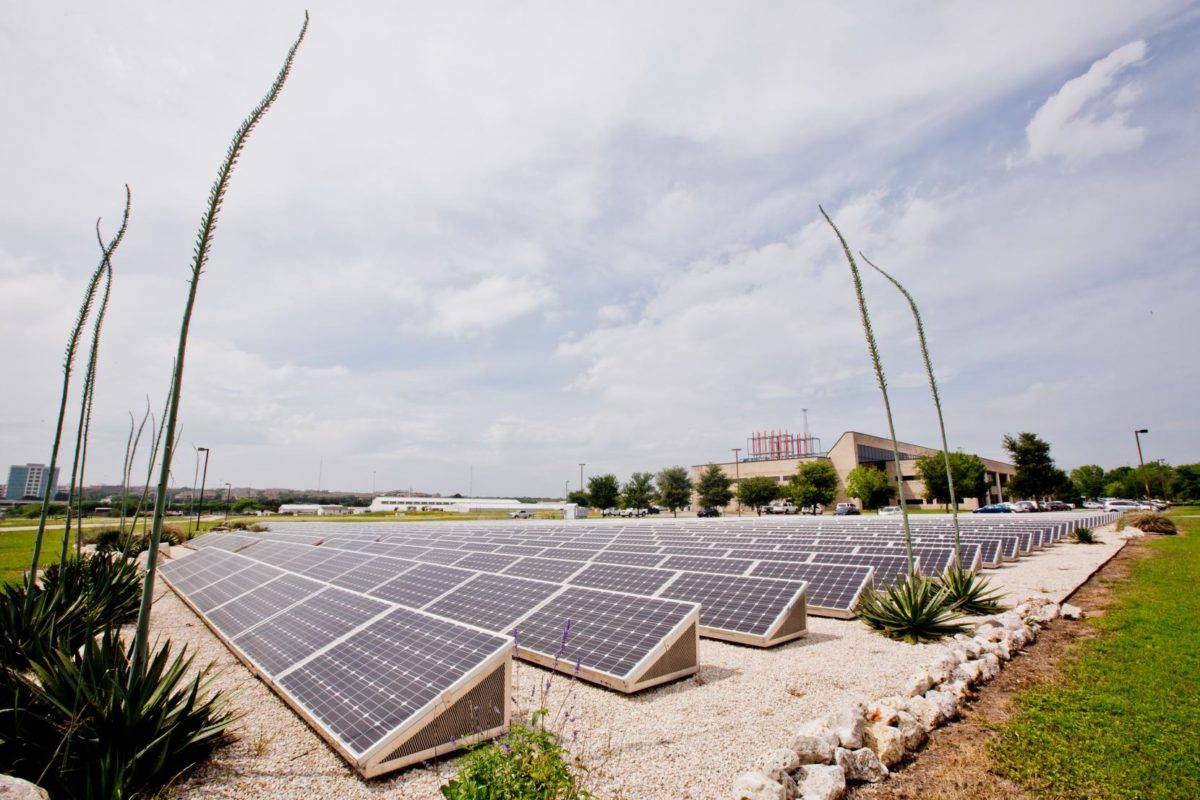The University of Texas’s Cockrell School of Engineering has developed a system integrating solar power and storage systems with the potential to halve costs, while also being significantly smaller. The system, named the M4 inverter, carries the primary function of converting the DC output of solar panels to medium-voltage alternating current.
The M4 inverter is more compact than current systems, has increased efficiency and costs less to install due to the modular building block nature of the way it is manufactured. It also provides reliable operation through power back-ups
The M4 inverter also has built-in fast frequency control, preventing black-outs on solar grids in the absence of sun.
The project is being referred to as the next generation of utility-scale PV inverters by engineering researchers who are labelling the M4 a modular, multifunction, multiport and medium-voltage utility scale silicon solar inverter.
Popular content
The Texan Department of Energy also provided $20 million in funding for nine projects to bring forward early-stage solar power electronics technologies for projects deemed critical to address PV reliability challenges, lower the cost of installation and maintenance of PV systems, and to halve the cost of solar energy by 2030
Electrical and computer engineering professor Alex Huang said: “Our solution to solar energy storage not only reduces capital costs but it also reduces the operation cost through its multifunctional capabilities. These functionalities will ensure the power grids of tomorrow can host a higher percentage of solar energy.”
This content is protected by copyright and may not be reused. If you want to cooperate with us and would like to reuse some of our content, please contact: editors@pv-magazine.com.


By submitting this form you agree to pv magazine using your data for the purposes of publishing your comment.
Your personal data will only be disclosed or otherwise transmitted to third parties for the purposes of spam filtering or if this is necessary for technical maintenance of the website. Any other transfer to third parties will not take place unless this is justified on the basis of applicable data protection regulations or if pv magazine is legally obliged to do so.
You may revoke this consent at any time with effect for the future, in which case your personal data will be deleted immediately. Otherwise, your data will be deleted if pv magazine has processed your request or the purpose of data storage is fulfilled.
Further information on data privacy can be found in our Data Protection Policy.